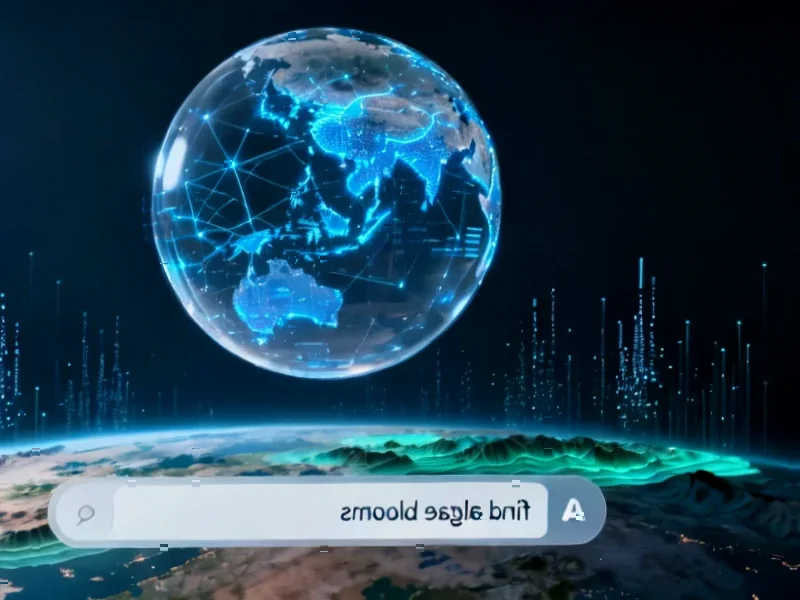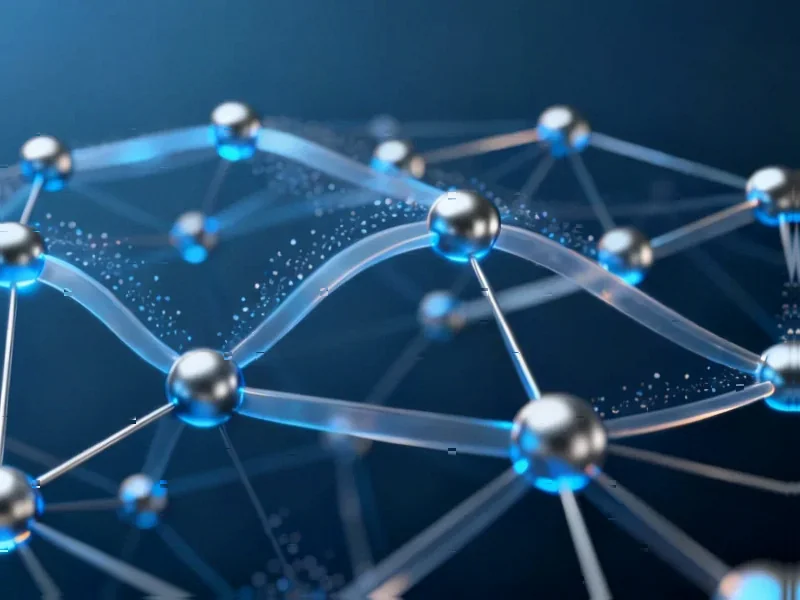According to Android Authority, Google has removed an AI model from its Studio portal following a defamation incident where the system generated false statements about identifiable individuals. While the model remains available via API for developers and internal research, the case exposes critical issues in AI accountability, public access, and the distinction between technical errors and defamation. Legal experts from Cliffe Dekker Hofmeyr suggest defamation law may eventually apply more directly to AI-generated output, even when systems don’t intend to defame. The incident demonstrates how real harm can occur once false statements about real people are generated and distributed.
The Technical Architecture of AI Defamation
The core technical challenge lies in how large language models generate content. These systems don’t “know” facts in the traditional sense—they predict sequences of words based on patterns in their training data. When an AI generates false information about a person, it’s not making a factual error in human terms, but rather producing statistically plausible text based on its training. The model weights that generate accurate technical documentation are the same weights that can produce defamatory content—there’s no separate “truth verification” module in the architecture. This fundamental design means defamation isn’t a bug but an emergent property of how these systems operate at scale.
Training Data Contamination and Legal Exposure
Most AI models are trained on massive web-scale datasets that inevitably contain unverified claims, rumors, and potentially defamatory content. When the model later generates text about a person, it might combine fragments from multiple sources, creating novel defamatory statements that never existed in the original training data. This creates a legal nightmare—is the AI company liable for content that emerges from patterns rather than direct copying? The technical reality is that current architectures have no reliable way to prevent this combinatorial creativity from producing harmful outputs, especially when dealing with public figures or controversial topics where conflicting information exists in the training corpus.
The API vs Public Access Distinction
Google’s decision to keep the model available via API while removing it from public Studio access reveals a crucial technical and legal distinction. API access typically involves developers who understand the limitations and risks of AI systems, while public interfaces assume less technical sophistication. From an engineering perspective, this creates a two-tier accountability system where the same underlying technology carries different legal exposure based on how it’s accessed. The technical implementation likely involves the same model weights running on identical infrastructure—the only difference being the user interface and terms of service. This raises questions about whether legal responsibility should differ based on access method when the core technology remains unchanged.
Technical Mitigation Challenges
Current approaches to preventing defamation—like reinforcement learning from human feedback and content filtering—face fundamental technical limitations. These systems can reduce the frequency of harmful outputs but cannot eliminate them entirely due to the probabilistic nature of generation. More sophisticated approaches like constitutional AI and truthfulness training show promise but require massive computational resources and still cannot guarantee factual accuracy. The technical reality is that we’re dealing with systems that optimize for coherence rather than truth, making defamation an inherent risk rather than an easily solvable engineering problem.
Broader Industry Implications
This case sets a precedent that will force the entire AI industry to reconsider their deployment strategies. Companies may need to implement more sophisticated content verification systems, potentially using retrieval-augmented generation to ground outputs in verified sources. The technical overhead of these approaches is substantial, potentially slowing down response times and increasing infrastructure costs. We’re likely to see a bifurcation in the market between “enterprise-grade” AI systems with robust verification and cheaper, faster systems that carry higher legal risks. The engineering trade-offs between performance, cost, and legal exposure will define the next generation of AI product development.
Technical Requirements for Future Legal Frameworks
As legal frameworks evolve, they’ll need to account for the technical realities of how these systems operate. Rather than treating AI defamation like human speech, regulators may need to consider approaches similar to product liability or medical device regulation. This would require technical standards for testing, validation, and monitoring of AI systems. From an engineering perspective, this means building in comprehensive logging, version control for model weights, and the ability to trace how specific outputs were generated. The technical infrastructure needed to support legal accountability doesn’t exist at scale today and represents a massive engineering challenge for the industry.




